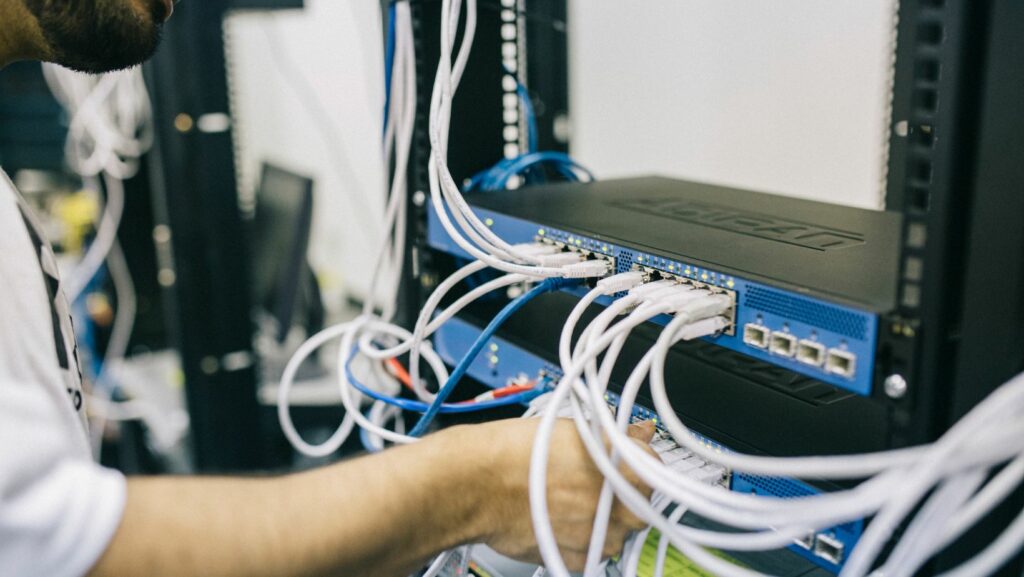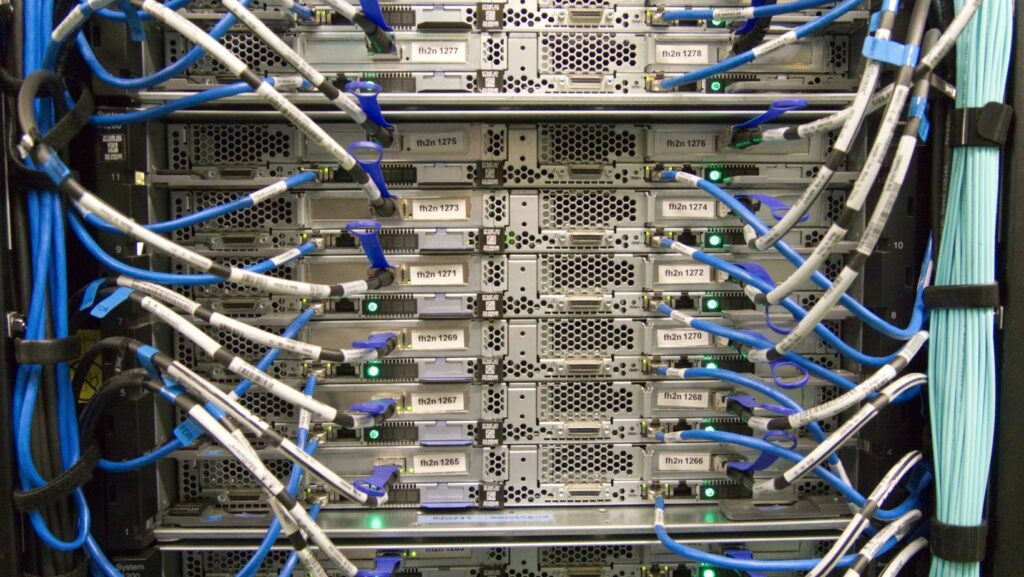
How to Set Up a Proxy Server

Setting up a proxy server can enhance online security and privacy while also enabling access to geo-blocked content. It’s a valuable tool for individuals and businesses looking to safeguard their data and maintain anonymity online. By rerouting internet traffic through a proxy server, users can mask their IP addresses and encrypt their connections, adding an extra layer of protection against cyber threats.
Whether you’re a tech enthusiast exploring new networking solutions or a professional aiming to optimize online activities, understanding how to set up a proxy server is a valuable skill. In this article, we’ll delve into the essential steps and considerations for configuring a proxy server effectively. From selecting the right type of proxy to configuring settings on different devices, we’ll guide you through the process to help you establish a secure and efficient proxy server setup.
Understanding Proxy Servers

Proxy servers act as intermediaries between a user’s device and the internet. They enable users to access web content indirectly and provide several benefits in terms of security, privacy, and access to restricted content.
- Security: Proxy servers help enhance security by hiding the user’s IP address. This masking of IP addresses makes it difficult for malicious entities to track user activities online.
- Privacy: By routing internet traffic through a proxy server, users can maintain a level of anonymity and privacy. This can prevent websites from collecting user data for targeted advertising or other purposes.
- Access: Proxy servers can be used to bypass geo-restrictions and access content that may be blocked in certain regions. This is particularly beneficial for streaming services, websites, or online platforms that limit access based on geographical location.
Understanding how proxy servers function and their various benefits is crucial for individuals or organizations looking to establish a secure and versatile online presence.
Setting Up a Proxy Server
Setting up a proxy server is essential for enhancing online security, privacy, and accessing geo-blocked content. Proxy servers serve as intermediaries between a user’s device and the internet, offering security by concealing IP addresses, ensuring anonymity for privacy, and enabling access to restricted content. Organizations and individuals looking to establish a secure and versatile online presence must understand the functionality and advantages of proxy servers.
When selecting a proxy server, it’s crucial to consider factors such as the type of proxy (e.g., residential, data center, or mobile), the level of anonymity required (transparent, anonymous, or elite), speed, reliability, and purpose. Each type of proxy server offers distinct features and benefits based on specific needs, making it essential to choose wisely to optimize online activities effectively.
Testing the Proxy Server
To ensure the proxy server is functioning correctly and effectively, testing is a crucial step in the setup process. Testing helps verify that the proxy server is hiding the user’s IP address, providing the desired level of anonymity, and enabling access to geo-blocked content.

Here are some essential tests to perform when testing a proxy server:
- IP Address Test: Conduct an IP address test to confirm that the proxy server is indeed masking the user’s real IP address. Websites like “WhatIsMyIPAddress.com” can help verify the IP address being detected by external sites.
- Anonymity Test: Use online tools such as “Whoer.net” or “IPLeak.net” to assess the anonymity level provided by the proxy server. These tools can detect any potential leaks that may compromise anonymity.
- Geo-Blocking Test: Access geo-blocked content or websites that are restricted in your region to ensure the proxy server successfully bypasses these restrictions. Testing with platforms like Netflix or BBC iPlayer can validate the server’s ability to overcome geo-blocking.
- Speed Test: Evaluate the proxy server’s impact on internet speed by comparing connection speeds with and without the proxy enabled. Websites like “Speedtest.net” can help measure any speed differences before and after proxy server setup.
- Security Test: Check for any security vulnerabilities by scanning the proxy server using security testing tools like “Nmap” or “OpenVAS”. This step helps identify and address any potential security risks associated with the proxy server configuration.
By performing these tests, users can verify the functionality, security, and performance of the proxy server, ensuring a reliable and optimized online browsing experience.
